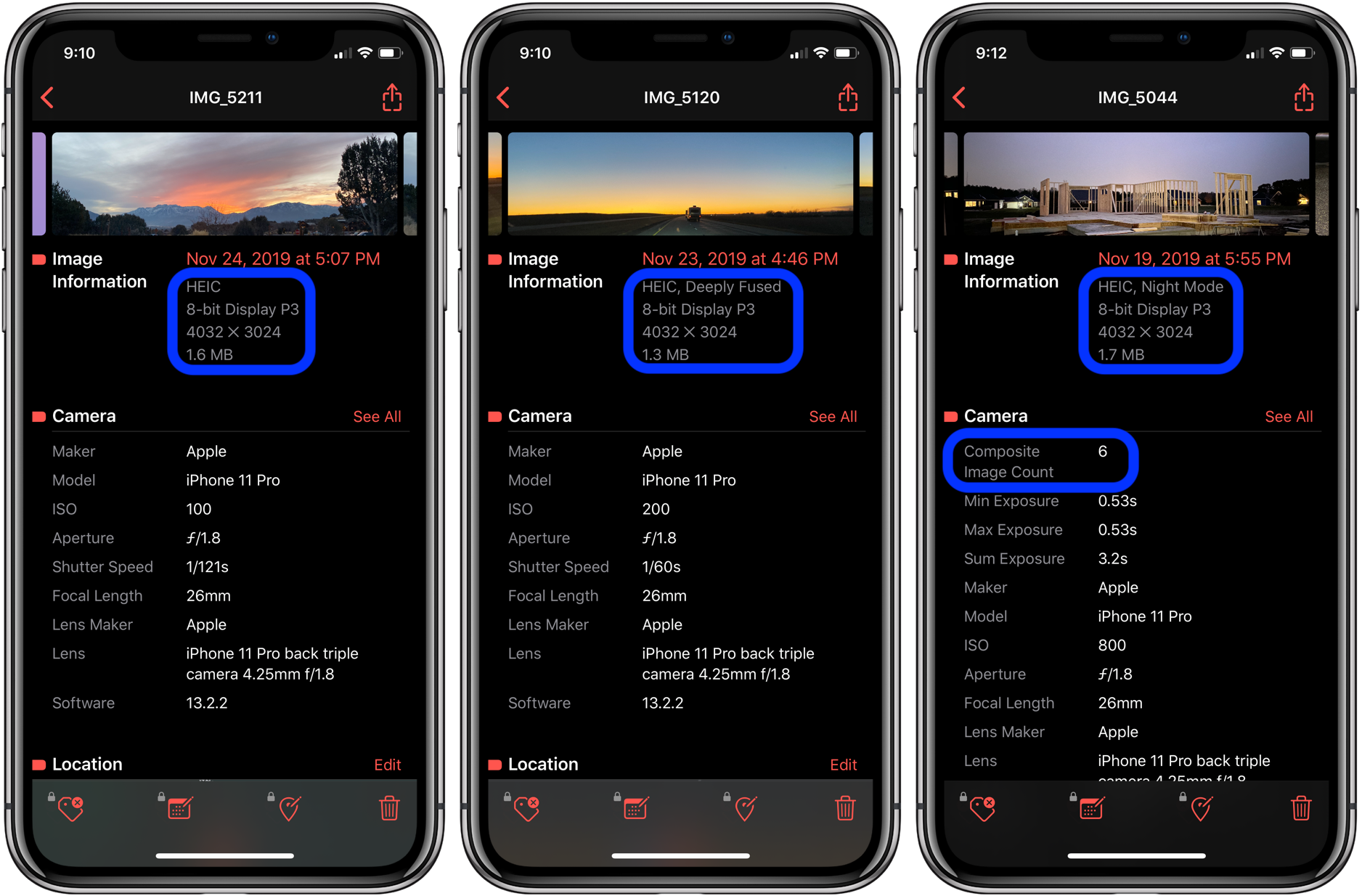

When you install the MacFUSE Core package, you are installing OS X system hooks to the FUSE API. In a nutshell, FUSE is an application program interface (API). If it is not clear, you can get lost in all the terminology. To get the most out of MacFUSE, you need to understand the difference between FUSE itself and the various FUSE filesystems. And you can connect to the same share from multiple locations without having to worry about resyncing every client. You can edit a file on your local machine and, in the event of a crash, only lose the changes made since your last save. You can tail the contents of a remote log file. There are many things you can do with them that you can’t do by repeatedly copying a file back and forth. The ability to work on original files remotely is why network file systems like NFS and SMB were created and remain popular to this day. When you open a file, you are opening, reading, and working on the original, remote copy itself, not a temporary duplicate moved back and forth. With FUSE, the remote share is mounted in your local filesystem - the remote files are connected live to your local system. They do not.īoth of those apps merely open up an SSH connection to the remote machine and transfer whole files back and forth, letting you work on a temporary local copy and then uploading the new version back to the remote machine. The last time I wrote about FUSE and sshfs, a few commenters commented that fish:// in KDE’s Konqueror browser and ssh:// in GNOME’s Nautilus do the same thing: connect you locally to files on a remote SSH server. Understanding FUSE: what it is, what it isn’t The pull-down menu starts off set to Current Downloads - select either All Downloads or Deprecated Downloads to see the older releases. You can get to MacFUSE Core 0.3.0 through the Downloads tab at the MacFUSE page. Version 0.4.0 is too new to work with the user-friendly utilities you need to get started - including the SpotlightFS 0.1.0 and sshfs 0.3.0 packages.
Macfusion crashes download#
The newest release of MacFUSE Core is 0.4.0, but for right now, I recommend that you download the previous release. And it is OS X’s BSD compatibility that enabled Google engineer Amit Singh to write the FUSE kernel extension and library he released in January.Īt the MacFUSE project home page, you will find installer packages for the core MacFUSE utility and two FUSE filesystem modules: SpotlightFS and sshfs.
Macfusion crashes mac os#
Now you can do the same thing on Mac OS X, courtesy of MacFUSE.įUSE has never been limited to Linux, of course - FreeBSD has had it for years. Using FUSE modules, you can mount all sorts of innovative resources - Gmail, your Flickr photos, a remote SSH server - directly into your local machine’s filesystem and use their contents exactly as if they were normal files. Have you had this happen to you, or the above steps didn’t fix your problem? Let us know in the comments.Filesystem in Userspace (FUSE) has long been one of my favorite features on Linux systems. You can move forward on cleaning up your google calendar and exporting to reimport it back into iCal. Remove that last folder, trash the cache files, relaunch and your iCal will be back to functioning. If it opens as it should, repeat the steps until it crashes on launch and you’ve found your corrupt calendar. calendar files back to your Calendar folder, move the iCal cache files to the trash, and empty. This next step you will repeat until you find your crashing file. If iCal opens and looks brand new, you’re on the right track. Go ahead and try opening iCal to verify that it was actually a buggy file and not something else causing the crashing. Now move the iCal cache files to the trash and empty it. calendar folders out of there and into a folder on your desktop. The number of folders you see will depend on how many calendars you have in iCal. Inside you will see various folders with random letter/number naming conventions that end with a. Once in there, you will see a “Calendar” folder. For those a bit more comfortable with file structure, you are looking for Macintosh HD/Users/”youruser”/Library/ In the Finder, you will want to go into your hard drive, into Users, into your user folder, and into that Library folder.

Keep in mind there are three different Library directories on your Mac, so it is important to get into the right one. Hopefully you don’t have too many individual calendars since knowing which file is which really isn’t spelled out.įirst we need to navigate to your user library. Luckily it is fairly easy to manually remove your iCal calendars without opening iCal. Sorry to hear that your iCal has gone sideways. Is there a way for me to delete a calendar or disable it without having to open iCal?Ī. It has an enormous amount of repetitive tasks, and it crashes iCal before I can disable it. It was created in Google Cal, and imported into iCal.


 0 kommentar(er)
0 kommentar(er)
